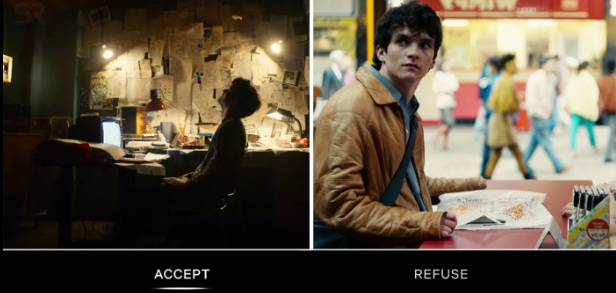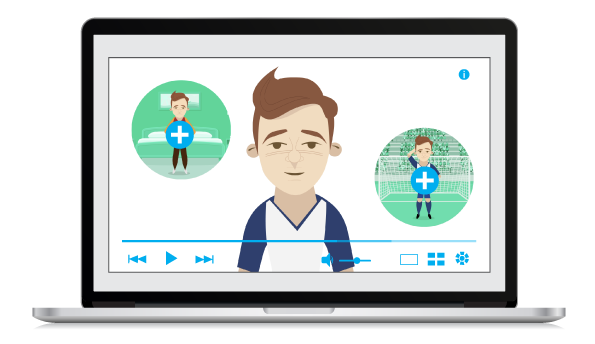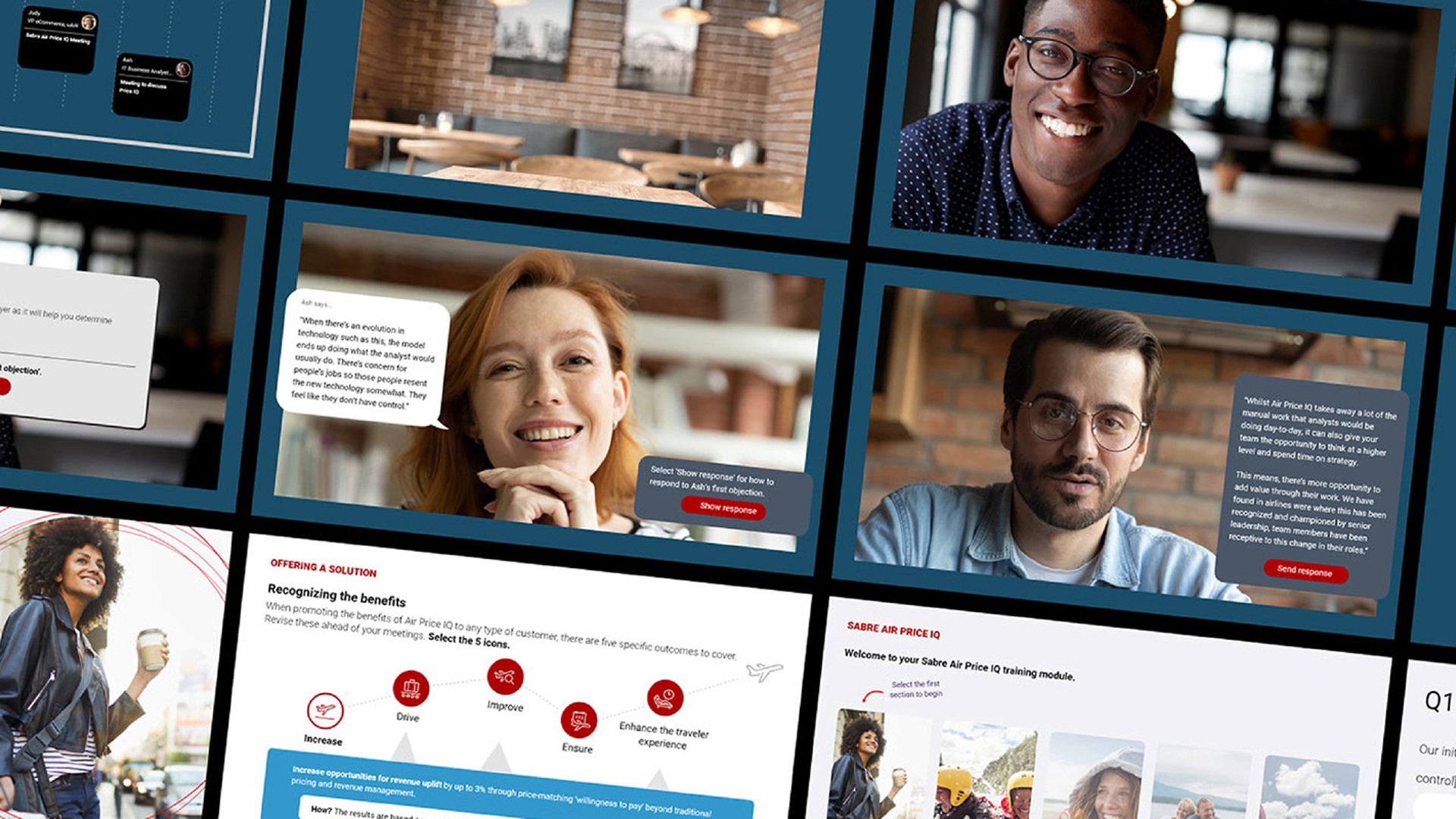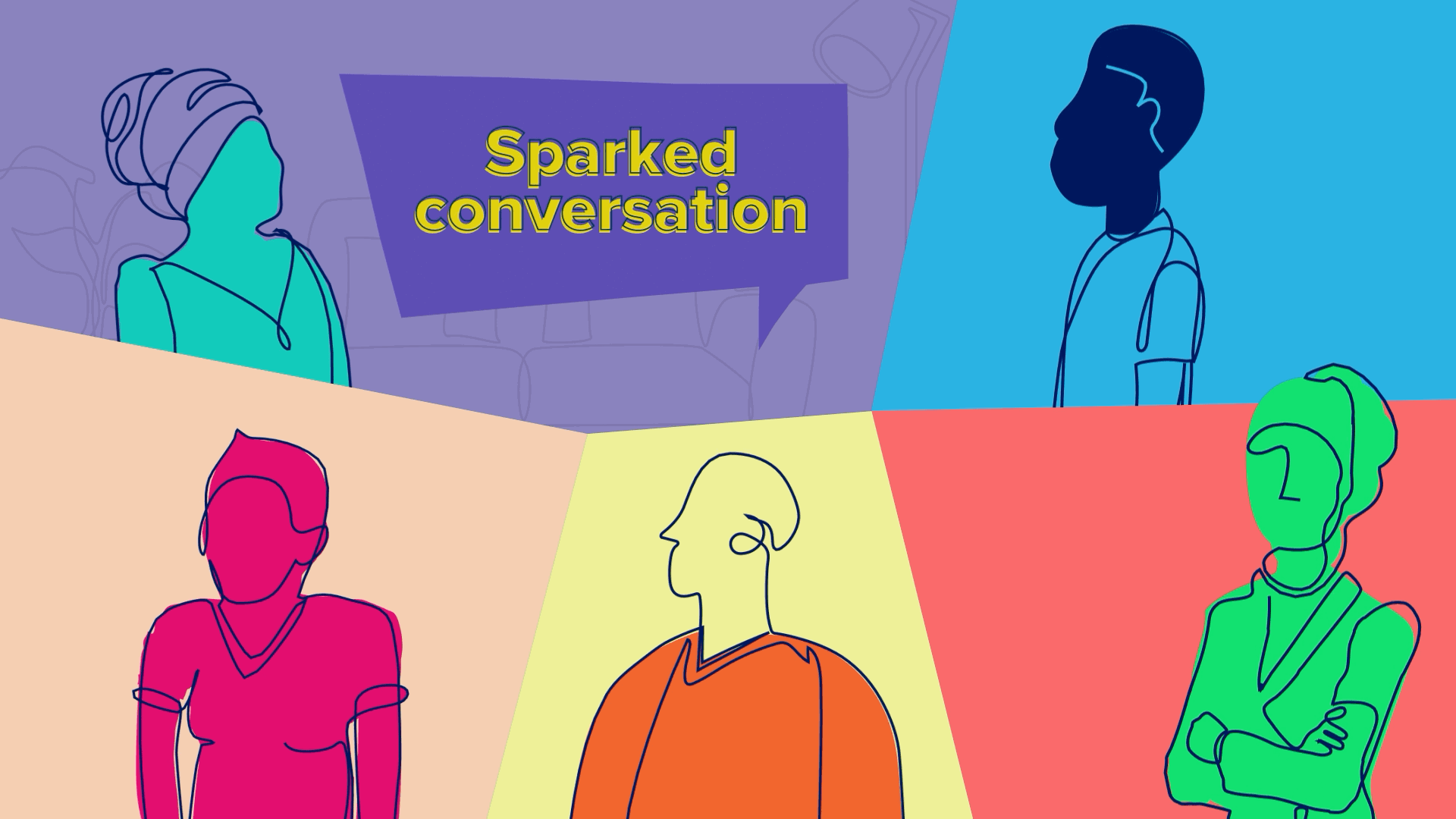Upcoming eLearning trends in 2023

A Quick Recap...
Update: this is our thoughts from back at the start of 2023 - for our latest ideas and insights, read our post on elearning trends for 2025 and beyond.
We’re back! After a relaxing festive and new year period the First Media team is back in action and looking forward to what 2023 has to throw at us! First Media had a blast in 2022! Here’s what we go up to in a nutshell:
- We exhibited at the World of Learning, Learning Technologies 22, and the Learning Technologies Autumn Forum
- We received the news that the visitor centre we designed and built for our clients at Orsted won the Education award at the Humber Renewable Awards.
- We welcomed new members to the team - Leanne Green and Sarah Smyth.
- We donated PA Equipment to St Andrew's Hospice.
- We started new relationships with many high-class clients such as Amazon, The Financial Times, and Team USA!! We have been working on a global scale, with steadily increasing interest in our offerings from around the world.
- We experimented with new and innovative ways to display content including AR.
eLearning Trends 2023
Returning to the office the question on everyone’s mind was - What are the trends going to be in the eLearning world for 2023? Our team began researching and we thought we’d write a blog for those in the industry, new to the industry, or wanting to work in the industry to help give them insight into what eLearning trends to look out for this year.
So, let's get started:
1. Bespoke eLearning
We're increasingly seeing a trend towards customised eLearning, rather than generic courses.
When an organisation spots a need for training in a particular environment or group they will develop a course specifically targeted to meeting the needs and understandings of the audience. This has been a consistently growing trend as companies are seeing major differences in staff training and in educational environments such as schools and universities, where the learner understands and retains more of the learning when the course has been tailored specifically to them.
As an award-winning eLearning design agency, here's some tips:
- Authentic - Using real people and places, enables learners to put themselves in the scenario and think about what they might do.
- Flexible - Learners can pick and choose to complete training at a time that suits them best, including jumping back into the section they were on.
- High in creativity and customisation - Something off-the-shelf courses lack.
- Smart design - Cements higher engagement from the learners.
- Attention-grabbing - Interactivity and robust media assets such as video and illustration to hold the audience's focus and attention.
- Higher levels of knowledge retention - Gamification and bitesize chunks of learning to motivate the audience to complete/understand sections.
Bespoke eLearning can transform a wide range of training and educational offerings such as:
- Inductions and On-boarding
- Product/Service training
- Skills Development - At work, home, or in a classroom environment
- Compliance training
- Health and Safety training
You can see some of our bespoke work here: Our Work (firstmedia.co.uk)
2. Engaging eLearning and the younger audience
Researching trends in 2022 and 2023, we’ve seen a constant rise of young ‘influencers’ something that wouldn’t really have existed before TikTok hit our app stores. Thanks to this fast-paced evolving technological world, these particular learners have high expectations when it comes to technology and what they can do in a digital course. If eLearning is to be effective then this MUST be taken into account. Great eLearning is when the instructional designer and eLearning developers and designers build a course with content that will appeal to this audience, maximise learning outcomes and keep them engaged throughout.

Here’s how First Media creates engaging content:
- Microlearning - We focus on breaking the content down into short, bite-sized pieces of learning that is easy and enjoyable for the audience to engage with.
- Interactivity - We include a range of interactive elements in our courses such as:
- Storytelling
- Gamification
- Knowledge checks
- Quizzes
- Video content - Explaining the content via dramatised or illustrative video content
- Strong imagery - Including real people and places for authenticity
- Simulations and Fun Scenarios - Ability to envision themselves in scenarios and act with no dangerous precautions.
- Animation and Illustration - Using a mix of diverse characters to promote inclusion and diversity.
- Additional content - Continue the learning / Printable completion certificates
Additionally, there have been times when we have created digital learning modules that featured tailored learning pathways, that altered content based on the learner's answers/responses. You can check out an example that’s part of the ‘Prevention Hub’ we developed for Breast Cancer UK, in which the answers you choose in the quiz affects the upcoming questions, to give you, you’re very own tailored prevention plan that includes tips and facts that will help in your daily life.
Take the quiz here: https://www.breastcancerprevention.org.uk/

3. ILT vs VILT -
Think back to pre-pandemic, most training was given in-person and ‘Instructor-Led’ and was viewed as essential. Que the pandemic we saw a rapid shift to online technologies and what was once trained in person had to be quickly and effectively adapted online, here we saw the birth of ‘Virtual Instructor-Led Training’ within eLearning offerings and this trend has only grown in popularity, and has no signs of slowing down in 2023.
Large organisations have been adopting this sustainable training solution more and more as it allows the learner flexibility and helps promote peer discussions which is key to retaining and understanding the content.
Instructor-Led Training can be most effective when it comes to:
- Application-based training
- Experiential, hands-on learning
- Collaborative learning and team building
- Varying learner groups
Virtual Instructional-Led Training is most effective when used for:
- Didactic content
- Knowledge reinforcement
- Peer-to-peer discussions
A final note;
The virtual space can be cost-effective to an organisation when it comes to these virtual training offerings. VILT says goodbye to extra costs like logistics, accommodation, and food that a company may spend when taking the team to a training base. VILT can be done online from anywhere in the world...(as long as there is good internet!).

4. Types of learning: Collaborative and Social
Throughout 2022 we saw a rise in learners who wanted to be actively involved in their education/training. Collaborative and social learning puts the learner at the centre of the training. It draws on the learner's skills, experience, and knowledge while promoting self-reflection and best practices among colleagues.
Synchronous & Asynchronous Learners -
What’s out there for synchronous and asynchronous learners?
Some collaborative and social learning synchronous solutions include:
- Group Projects
- Partner Sessions
- Case Studies
- Best Practice Sharing Calls
It's essential that before the learning begins that they are provided with: 1. Relevant content, 2. Clear structure, 3. Expectations 4. Time for collaboration and self-reflection.
For the asynchronous learner, video platforms are strong methods of knowledge development that promote social and observational learning. The best types include:
- Role-play practice - practicing and recording interactions to scenarios and case studies then sending to peers/managers and even AI to get feedback
- Library of user-generated videos - to centralise knowledge for new learners or those who simply want a refresher on a topic.
We are constantly innovating our offerings to ensure learners gain a memorable, enjoyable experience they will want to explore and discuss with peers.
5. Interactive Video
A growing trend right now especially going into 2023, is the use of ‘Interactive Video’. This term may sound foreign but we’re sure that you will have experienced some of these before. Netflix right now has a variety of interactive films customers can play, examples are:
- You vs. Wild
- Black Mirror: Bandersnatch
- Headspace: Unwind Your Mind

What we mean by interactive video is when the learner is asked to make choices and/or decisions that will affect the final outcome of the video but can also include ‘Branching scenarios’, ‘Decision trees’, and ‘Choose your own path’ features. This type of element helps tailor the learning journey to the individual, enabling the learner to ‘participate’ in the course itself and see the natural outcomes of their decisions. This helps create a memorable and fun learning experience that cements learning outcomes.
Additionally, the video needs to be authentic, and at First Media, we have always felt it was key for video assets to include real people and places that help cement authenticity, enabling learners to play out scenarios and decisions by imagining themselves in these scenarios, without any danger or negative effect.
The use of embedding emotion into videos can also help create a memorable experience for the learner. Research in neuroscience has shown that the brain remembers an emotional experience more than anything else. Using excitement in a video can hype learners up, including an element of surprise could catch the learners off guard, or including empathy could pull on their heartstrings.
So, if you’re thinking of using interactive video content make sure it’s:
- Concise and to the point
- Relevant
- Timed correctly
- Embed emotion into the video
- Authentic
Additional Reading: 7 reasons why interactive design is a no brainer for eLearning (firstmedia.co.uk)

6. Immersive Learning - Augmented Reality
Remember back in 2016 when the world was taken over by the mobile game Pokemon Go? This was really the first major AR game to gain millions of users seemingly overnight. The game uses a mobile camera to display the real world with digital Pokemon characters dotted across the map for players to track down, capture, collect, compare, and even battle. This is a great example of augmented reality, where both the real world and digital world are married to create a new and memorable experience for the player.
Thanks to present day advancements in AR technology eLearning developers can now incorporate AR enhancements into modules. eLearning can sometimes lack that tactile environment and this is where AR can help learners interact with the content in a much more immersive and memorable way.
The team at First Media worked alongside Orsted to create an AR App that displayed wind turbines in real time and related important information within the digital environment.
Another example of AR in eLearning is AR Gamification, this could be an AR Scavenger hunt used for live training events to help promote team building and competition. An example of this is ‘The Great Jewel Heist’, read more.
This is an ever growing trend thanks to technological advancements, so definitely keep an eye on this throughout 2023!
Conclusion
To conclude, the world of eLearning is constantly changing and adopting new types of digital offerings to create an even better experience for the learner.
- We can see that in 2023 the level of interactive elements throughout eLearning modules must be innovative, fresh and engaging.
- We now know that learners want to be actively involved in their learning so giving them options, learning pathways and/or putting them at the centre of the training is key in cementing learning outcomes.
- We've discovered that collaboration is important when deepening knowledge and understanding and helps with self reflection and improvement.
- Then finally, we can learn inside and outside of the classroom if the content is accessible and displayed correctly.
We hope you found this blog interesting and you learned something! If you want to find out more or have a project in mind, drop us a call or an email and we’d be happy to chat.
Why choose First Media?
Improve your overall performance
Get high-quality creative, eLearning faster and stand out from the competition.
Become more agile and responsive
We deliver engaging, high-quality training and support wherever you are and whenever you need it.
Elevate your team
Our in-house team of designers will work with you every step of the way to ensure you get the right look.
Captivate your audience
We combine novel ways to appeal to our learners natural curiosity and engagement.
Make your ideas come to life with First Media.





